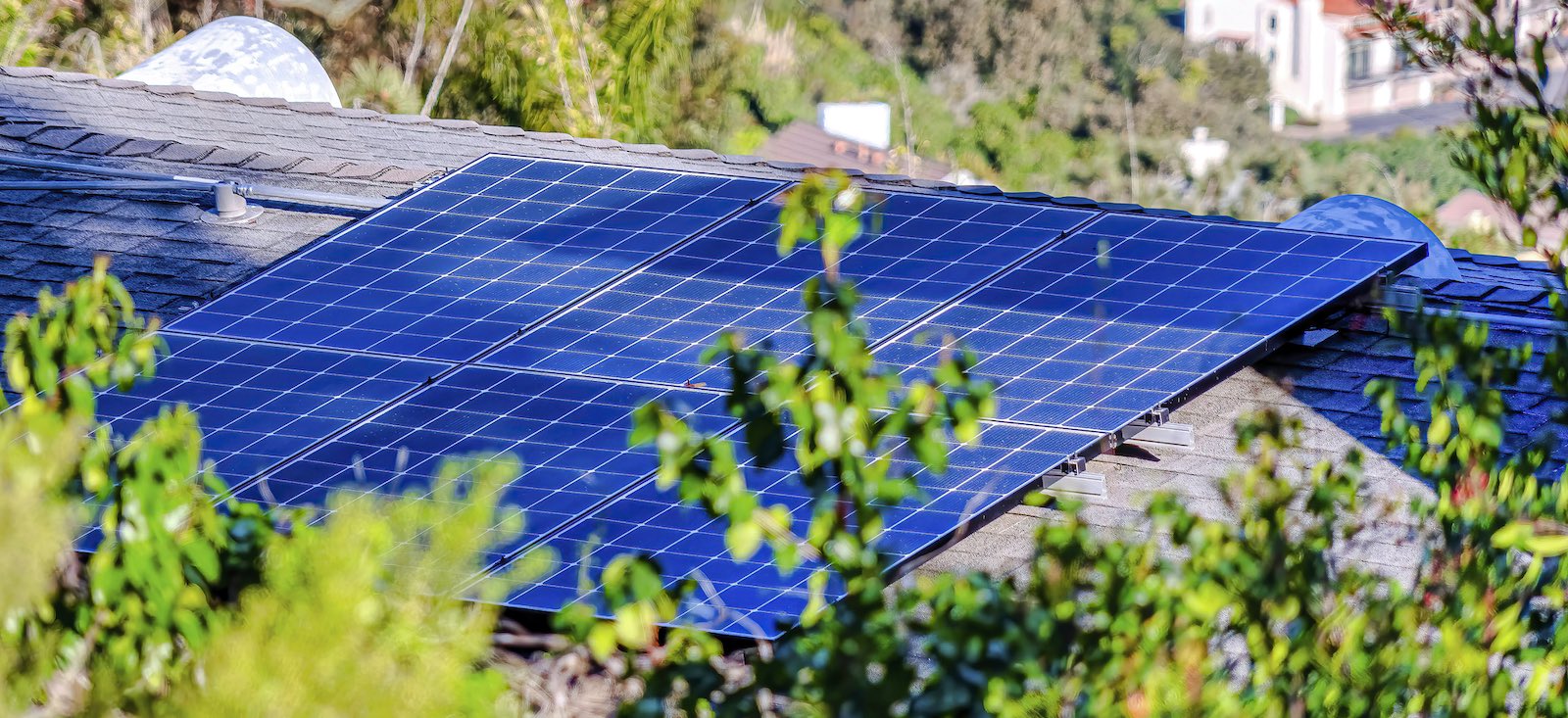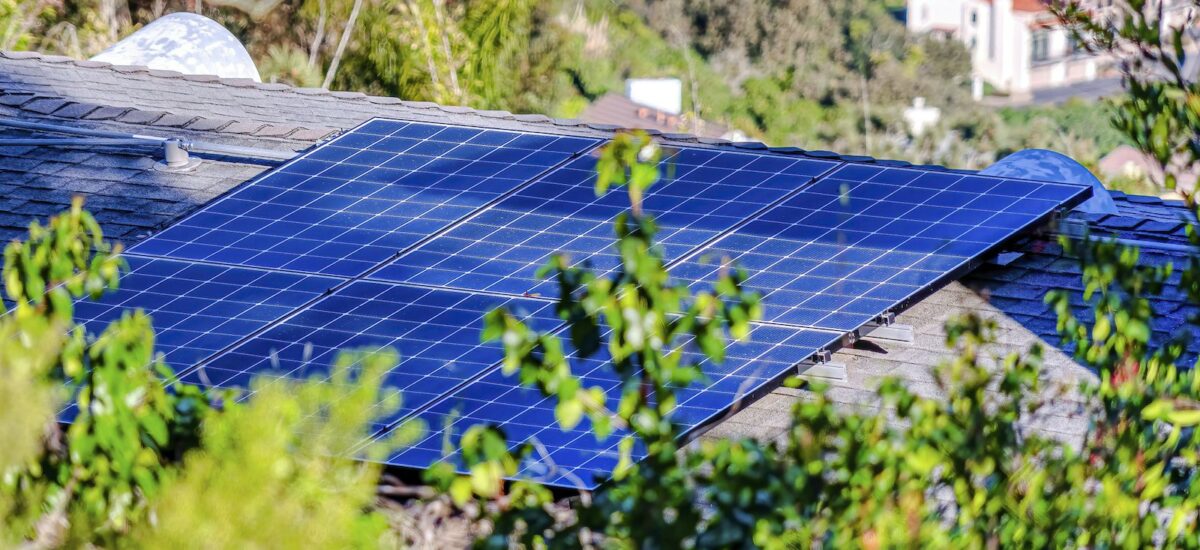
Is adding solar panels in California worth it?
Solar power offers potential savings, both in environmental and electricity bill costs. But is this approach worth it for California homeowners? The answer is yes, even though you will be investing upfront.
California typically has abundant sunshine, all year long. On top of that, California’s electricity prices are fairly high. The two factors combined mean that it’s fairly easy and quick to earn back your original investment, especially as energy costs rise.
Is it worth going solar in California?
Will solar panels increase my property value?
According to research from Zillow, in many places it’s clear that adding solar panels does add value to your home. Just like renovating the kitchen or finishing the basement, solar panels can make your home more attractive to a potential buyer. For future owners of your home, solar panels can represent energy savings, very compelling to many in the market.
How much value do solar panels add?
The Zillow study indicates that homes with solar sell for about 4.1 percent more than homes without. Another study from Lawrence Berkeley National Laboratory finds that the amount a solar panel increases home value ranges from over $23,000 for a 4kW system to over $59,000 for a 10kW system.
Do solar panels give you free electricity?
Typically, solar panels generate electricity that can be used in your home, with excess electricity exported to the grid. When you do not have enough solar photovoltaic energy for your home, you will import electricity from the grid.
How much does it cost to install solar panels in California?
How much should I expect to pay for solar panels?
For a 6kW system in California, you can expect the starting cost to be over $15,000. The average cost per watt is $2.68, according to Consumer Affairs. This figure includes both the panels and installation.
Do solar panels affect homeowner’s insurance?
Because solar panels are quite expensive as an initial investment, and because they are exposed to the elements, you may have some concerns about insurance.
Many homeowner’s insurance policies include solar panel insurance coverage already, as they are considered a permanent attachment to the home. However, some policies have exclusions for factors like wind, and you may run into issues with the claim limit as well.
It’s worth talking to your insurer about increasing your coverage or adding a separate policy depending on your circumstances.
Do solar panels increase property taxes in California?
Section 73 of the California revenue and taxation code allows a property tax exclusion for qualifying new solar installations. In other words, your taxes will not increase with solar panels.
Do I need a permit to install solar panels in California?
There is a requirement for permits when installing solar panels in California, as well as regulations for the system itself. Solar panel systems must fall within size limits, conform to all applicable codes, not exceed maximum legal building height, and other various conditions.
Are there incentives for adding solar in California?
There are many solar incentives in California, from the federal solar investment tax credit to local utility company rebates.
How much is the solar rebate in California?
The self-generation incentive program comes into play when you buy a home battery along with your rooftop panels. Certain energy customers are eligible for the rebate, which can be as high as $1000 per kWh.
There is also the single-family affordable solar housing program, which gives eligible low-income households a one-time capacity-based incentive of $3000 for every kW of home solar installed.
Finally, there are local utility company rebates, particularly in San Francisco and Sacramento, offering some rebate and incentive to residents with solar.
What is the solar tax credit for 2022?
Under the federal solar credit, buying and installing a home solar system in California in 2022 may qualify you for a 26 percent credit. This is dropping to 22 percent in 2023 and ending in 2024, which means now is a good time to get your solar power system installed.
Can you get free solar panels in California?
Between rebates and incentives, it is possible to get very close to free! However, it is important to know that most ‘free solar’ offers are actually solar leases or solar power purchase agreements. With these arrangements, homeowners will put solar panels on your home for no cost, but you will be charged for electricity.
The costs usually run between $0.10 to $0.17 for every kWH produced. Further, homeowners who use these programs are not able to access the federal tax credit and rebates. They also do not own the solar panels — the company does.
If you want to invest in solar but are unsure if you can afford it, before you opt for a solar lease, spend some time researching options for financing and/or using rebates and credits to make solar more affordable.
Can I run my house on solar power only?
Solar batteries can make solar-only homes more doable, especially in sunny California. Solar batteries allow you to store excess energy versus drawing power from the grid.
Before you determine if you can go solar-only, you need to know how much energy you use each month. This will tell you what you need to generate. You also need to factor in your property itself — any large trees or buildings blocking the sunlight will make a solar-only situation harder to achieve.
Can I add solar panels to my existing system?
There are usually ways to add solar to existing systems, though the makeup of your individual system will have an impact on what your options are. You can add more panels to an existing inverter, add a bigger inverter and then more panels, and install a new separate system. ‘
Here we’ll dive into some of the potential methods for adding more solar panels to your home.
Adding solar to an existing inverter
Adding more panels is a bit different from the original installation. You will need to determine how many more panels you need to cover your energy requirements and determine if you have enough space for them.
If you already have a rooftop system that is full or close to it, you may need to get creative. Some people use ground mount systems or add additional panels to carports, sheds, and gazebos.
You will also need to look at your inverter and determine if it is large enough to handle more capacity. Otherwise, you will need to replace the inverter, use micro inverters which go on each panel, or consider the next options.
Adding a second solar system
If, for any of the reasons above, you can’t add to your existing inverter system, you can add a second solar system. You may not qualify for all of the same rebates and credits as before, however, as this will not be a first installation. Work with your solar provider and any rebate/credit agencies to make sure you fully understand the financial implications of adding a second system.
Adding battery to solar system
Many homeowners with solar power systems did not originally install a battery. They were previously quite costly, not very efficient, and largely only used for off-grid solar systems. However, batteries are much more affordable these days and are becoming an attractive option for people who are tied to the grid but want some energy storage.
Can you install a battery on your existing solar system? Yes! There are a few ways to make this happen, all of which will give you storage and further reduce your energy costs.
Ideally, you are working with a storage-ready solar power system, which has an inverter ready for battery installation. This is by far the easiest way to install a battery, but it requires foresight — you need to have planned ahead. If that’s not the case, you still have some options.
A DC-coupled system replaces your original inverter with one that allows for a battery and a solar system, otherwise known as a hybrid inverter. When your system produces DC power it charges the battery, which then moves through the hybrid inverter and is converted to AC electricity.
It’s a slightly costlier option than the next (AC-coupled) but keeps more of the energy within your system.
Finally, the AC-coupled system uses your original inverter and a second inverter for storage. The power produced by your solar system goes to the inverter and is converted to AC power, then is sent to your building or to the battery. This is an easy, more inexpensive option, but it is less efficient as the battery’s stored power is DC which needs to be converted to AC to use it.
How to add solar in California
To install solar in California, the recommended route is choosing and contacting a contractor. You will need to evaluate the contractors, ask for references, verify their license, and make sure you are happy with what they are offering before going ahead.
You will also need to decide what kind of financing method you will use to add solar: a full purchase, a solar lease, or a power purchase agreement. There are pros and cons to all of these options, but you should understand exactly what you are selecting and how it will impact your system in the future.
How hard is it to install your own solar panels?
You might be tempted to save money by installing your own solar panels, but is this really a DIY kind of job? It is possible to install your own solar panels. It will come at a lower cost than hiring an installer, but it’s a lot of work.
When you look at the overall average cost of adding solar panels in California, about 10 percent of that cost goes to design and installation labor. That is the amount, roughly, that you would save by DIYing. So, what are the downsides?
When you buy and install your own solar panels, you may not be getting components that are of the high-quality installers can provide. Installers buy from larger distributors and buy in bulk, which means the panels are less expensive for you but of a higher quality than you will likely find on the consumer market.
Perhaps more importantly, installing solar is complex and requires training and experience. These are complicated, expensive electrical systems, and if you do not know what you are doing, you could cause more problems and cost more money than you would have by simply hiring an installer from the start.
In California, solar systems require permits and applications, which is something an installer usually handles for the homeowner. Your utility will not let you connect to the grid without these important documents in place, and they usually require some kind of sign-off from a certified electrician.
You also need to consider the warranty for your solar equipment. Many manufacturers have clauses in their warranties that indicate the warranty is only valid when installation is done by a qualified technician. Further, many installers offer their own warranty on their own work.
In short, if you are installing solar kits for off-grid use, or small projects, DIYing could be very doable. But for the long-term, expensive, larger projects, it is worth the cost of hiring a good installer.
Get help with adding solar in California
Now that you know how important it is to have a qualified installer working with you, you can move forward in getting help with adding solar in California! It is important to ensure you are working with an installer whose work you can rely on. Don’t be afraid to ask for references and examples of past work, and be sure to ask any questions you have about solar, permits, installation, and everything else that matters to you. Get in touch with Milan Design + Build today!

